By Louise Irvine
Laundry day used to be fun at the Somers Town Housing Estate in London. The washing line posts were crowned with Royal Doulton finials inspired by nursery rhymes and songs. They were designed in the 1930s by the distinguished sculptor, Gilbert Bayes (1872-1953). It was Christmas all year round in the St. Nicholas courtyard which featured ships sailing round a Christmas tree. Sadly, the original ships have all sailed and been replaced with reproductions.
I first came across these garden sculptures by Gilbert Bayes while researching The Doulton Story exhibition at the Victoria & Albert Museum in 1977. At the Sidney Street estate near Euston, I met an elderly lady living beside the courtyard with pigeon finials. She told me how much the community loved the sculptures and that her son had made bowties for all the birds to wear during Queen Elizabeth’s Platinum Jubilee celebrations. These birds have all flown away over the years and the People’s Museum in Somers Town is hoping they will become homing pigeons and return.
Restoration works at the St. Pancras Housing Associations properties required the finials to be temporarily removed during the 1980s but many have subsequently disappeared. Occasionally, the Royal Doulton sculptures have come on to the market and joined private collections around the world. It gets complicated because not all the finials were mounted originally in the drying courts. Some were exhibited at art shows by Gilbert Bayes or used as garden ornaments. For instance, he had sailing ships and blackbirds in his own London garden.
Throughout his career, Bayes believed that his sculptures should be appealing and accessible to the people, unlike the avant garde designs of the Art Deco era. Folklore and medieval romances often provided imagery for his early bronzes and stone sculptures. His love of color in sculpture led him to the Royal Doulton Potteries in Lambeth in 1923 where he began using their new Polychrome Stoneware body. The colorful ceramic body was the perfect material for Bayes to enhance the environment as it was very durable and resistant to frost and atmospheric corrosion.
Bayes' first architectural commission using Doulton’s Polychrome Stoneware body was for the White Rock Pavilion in Hastings designed by Charles Cowles Voysey. He produced four roundels depicting Drama, Romance, Adventure and Terpsichore, the muse of dancing. The theater was opened by Edward, Prince of Wales in 1927 and is now a listed building. Our benefactor, Arthur Wiener, has one of the Royal Doulton Romance roundels that Bayes made for exhibition in his private collection in New York.
Bayes also worked with Cowles-Voysey to enliven the Children’s House Nursery School in Bow, London with a panel of the Madonna and Child. Bayes was particularly keen to introduce his colorful sculptures into deprived inner-city areas despite concerns from sceptics that they would be vandalized. In fact, the locals became very attached to their Madonna and cleaned the panel when it was dirty. It still survives today on this listed building from 1925.
Gilbert Bayes was awarded a gold medal and a diploma of honor at the Paris Exhibition of 1925 for his Royal Doulton statue of a boy holding a fish which was sometimes romantically known as the Blue Robed Bambino. The fountain figure can be seen today at the World Trade Organization in Geneva. Another version of this figure was formerly in Bayes’ own garden and it was a highlight of The Doulton Story exhibition at the V & A in 1979. A garden design with this fountain featured on the cover of the book about Bayes’ work. An archive photo of St. Christopher’s nursery school in the St. Pancras Housing Estate shows a similar fountain figure.
The slum clearance of Somers Town beside Euston Station was the most ambitious social housing enterprise that Bayes worked on during his illustrious career as an architectural sculptor. The Sidney Street project was pioneered by a young priest, Father Basil Jellicoe, who managed to include many advanced ideas to improve the quality of life for the residents, despite financial constraints. The “garden estate” as it became known, had a rooftop nursery, children’s playgrounds, and drying areas for laundry.
Bayes embellished the 1930s housing estate with stoneware lunettes of fairy tales set like jewels above the French windows. His love of romance was reflected in his choice of subject matter including fairytales of the Little Mermaid, the Goosegirl, the Swineherd and Sleeping Beauty. The spirit of Adventure prevailed in the nursery with one of Bayes' stoneware roundels and Royal Doulton’s Little Mermaid statue watching over the toddlers during their afternoon nap in the rooftop garden.
Nursery rhymes inspired many of the Royal Doulton finials for the washing line posts. In the drying ground for the St. Christopher flats, “four and twenty blackbirds baked in a pie” while at the St. Francis flats, “four and twenty tailors went to catch a snail”. Recently, the Bayes Trust helped the Somers Town Museum purchase two of the tailor finials at auction and bring them home. Bayes provided finials for other St. Pancras Housing projects at the York Rise and Athlone Estates as well as St. Hubert’s House on the Isle of Dogs but many have disappeared over the years.
Fortunately, the largest ceramic commission by Gilbert Bayes has survived intact thanks to a heroic rescue effort in 1978. Bayes completed a 50 feet long frieze depicting Pottery Through the Ages for the former headquarters building of the Royal Doulton Potteries in Lambeth in 1939. When this striking Art Deco building by T. P. Bennett was being demolished, a concerned passerby alerted Doulton’s historical department to the threat to this unique work of art.
Saving the mural was an exhilarating experience which involved scaling scaffolding at dawn on a frosty December morning alongside the banks of the River Thames. The wrecking ball was about to destroy the frieze as the demolition company had a time penalty, but we called in experts from the Ironbridge Gorge Museum to see if the panel could be cut out. A public outcry and press call persuaded the contractors to relent at the eleventh hour and the panel was painstakingly removed and restored at Ironbridge. It was installed at the Victoria & Albert Museum at the entrance to their ceramics galleries where appropriately, it introduces Pottery Through the Ages.
The V & A has a gallery celebrating the sculptural career of Gilbert Bayes, who was also responsible for many iconic London landmarks such as the Queen of Time for Selfridges store in Oxford Street. The Bayes Trust continues the artist’s legacy today by awarding grants and bursaries to sculpture students. The Trust has also supported the Somers Town Museum initiative to reunite Bayes’ ceramics with their community.
Read more about Gilbert Bayes and watch a video on the website gilbertbayes.com
The book about Bayes work by Louise Irvine, Paul Atterbury and other expert contributors can been purchased from Richard Dennis Publications
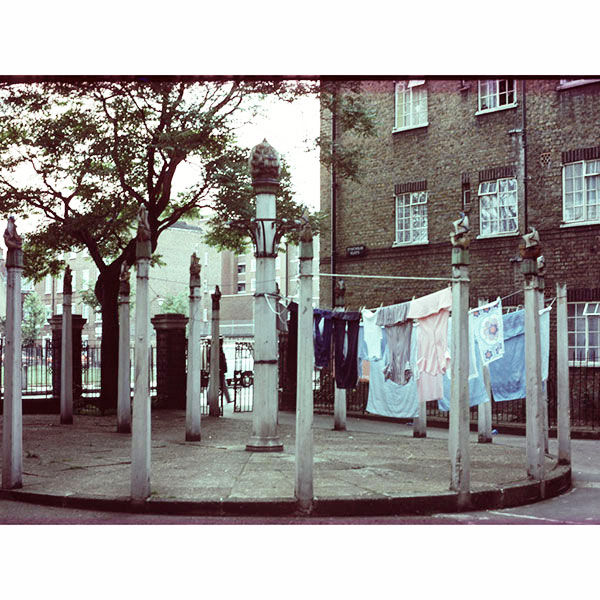
St. Nicholas Flats Drying Court
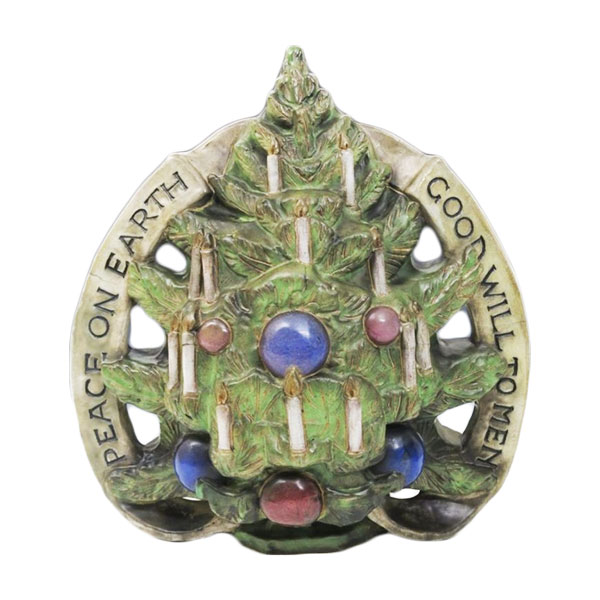
Royal Doulton Christmas Tree Finial
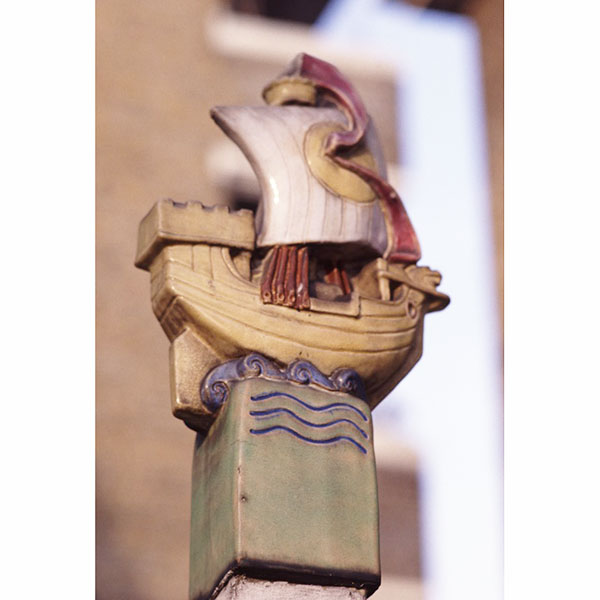
Royal Doulton Sailing Ship Finial
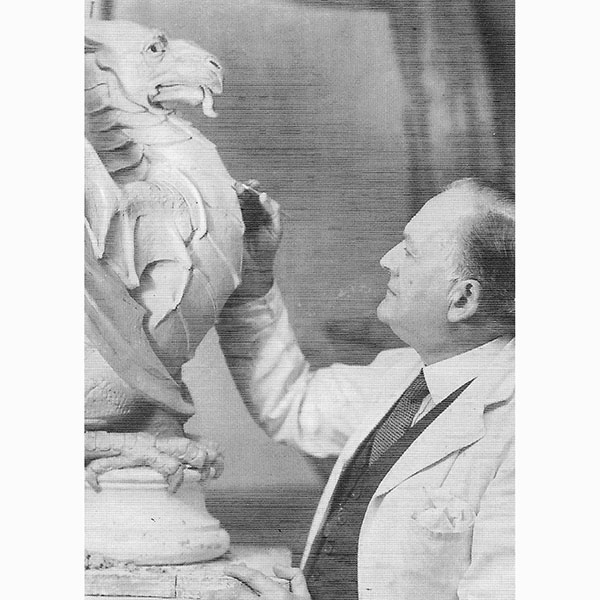
Gilbert Bayes Sculpting Dragon
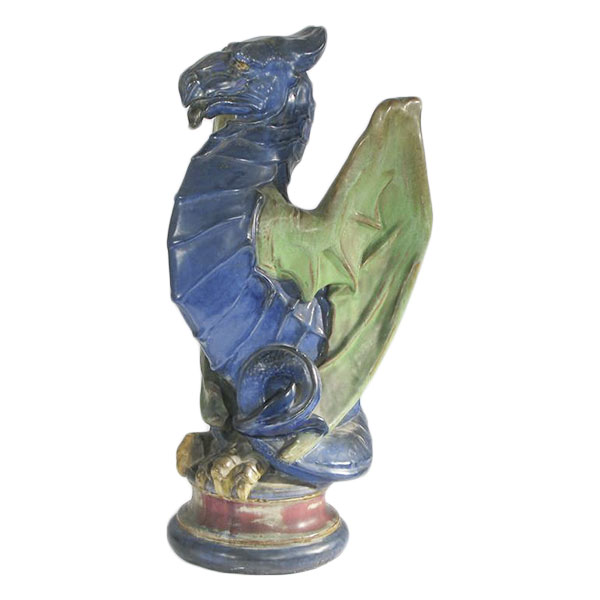
Royal Doulton Dragon Finial
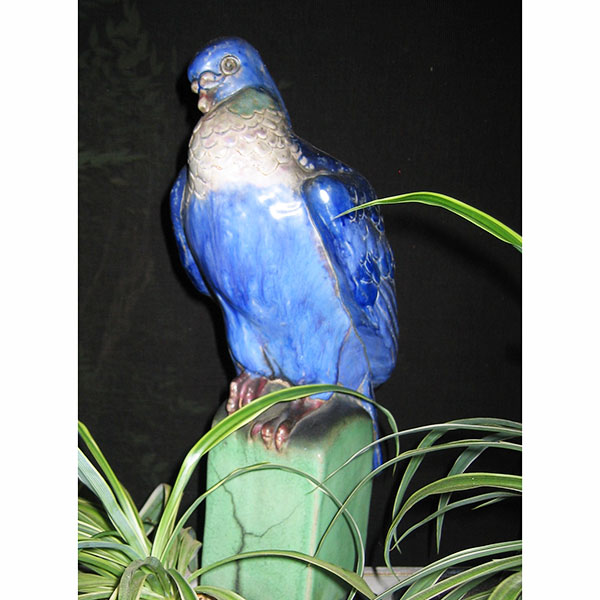
Royal Doulton Pigeon Finial
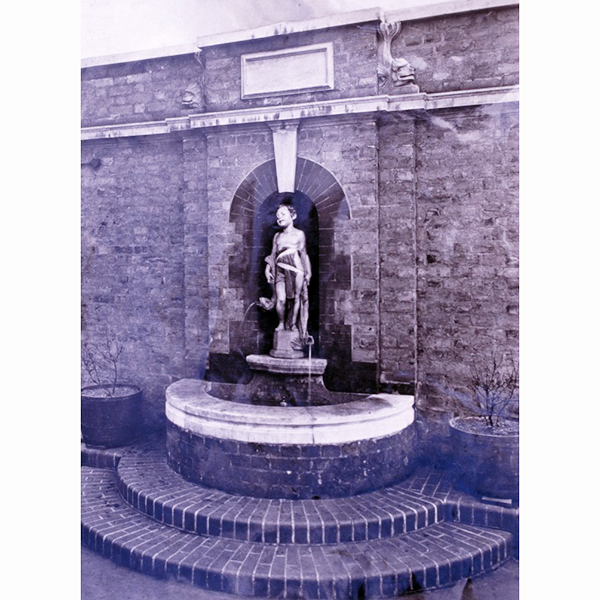
Boy with Fish Fountain St. Christopher's Nursery
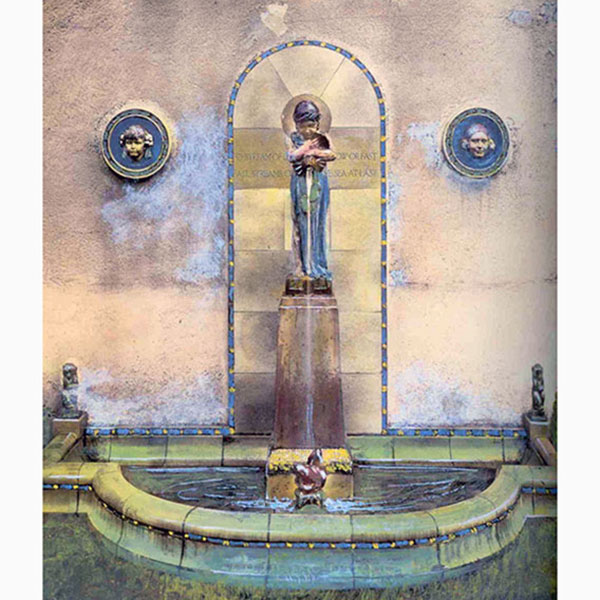
Gilbert Bayes Fountain Design
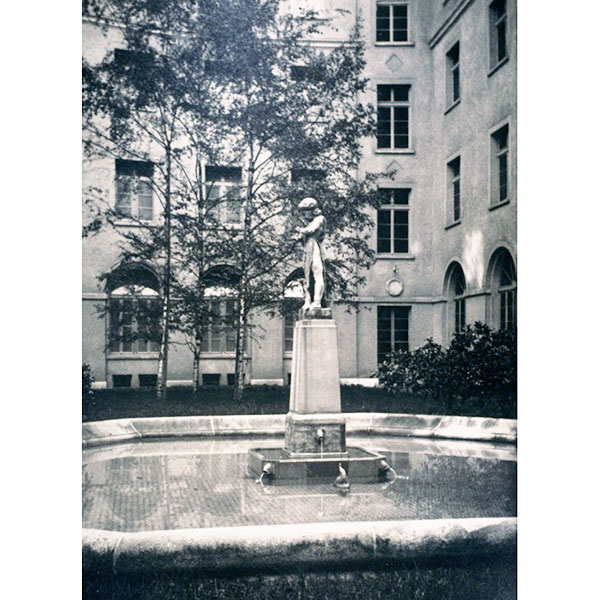
Gilbert Bayes Fountain, Geneva
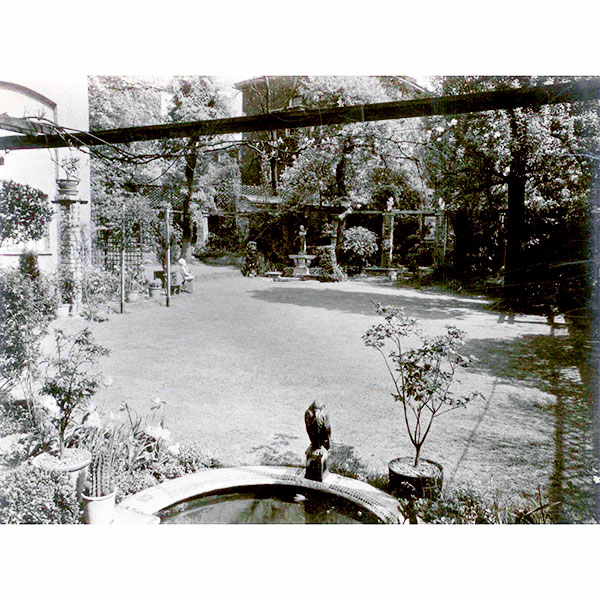
Gilbert Bayes Garden
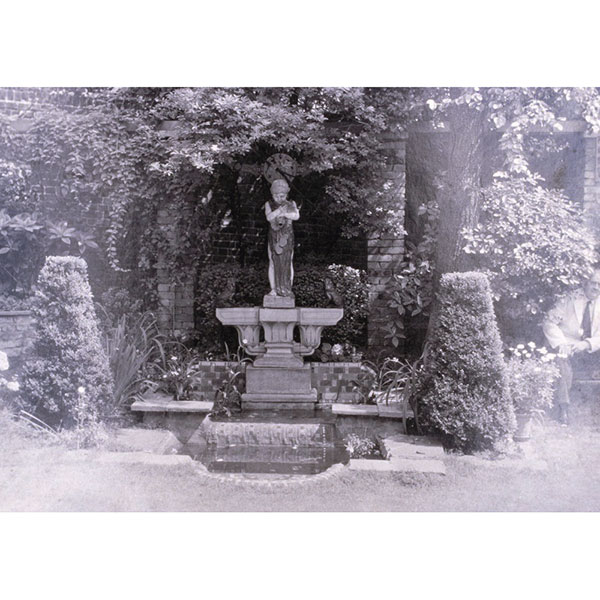
Gilbert Bayes Garden
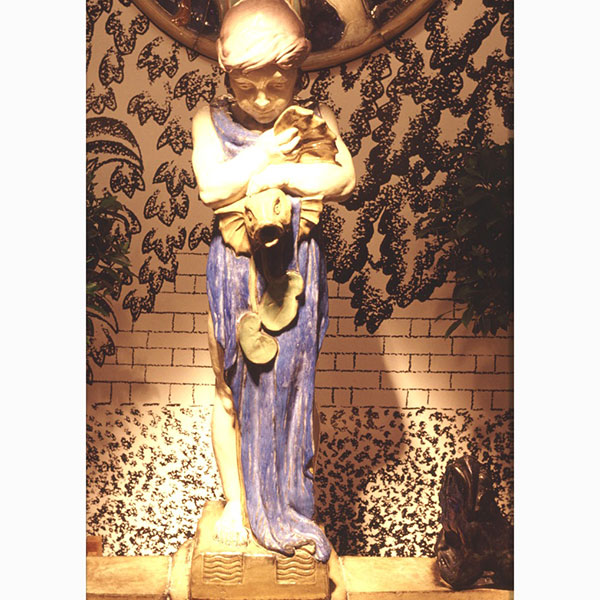
Royal Doulton Boy with Fish Fountain
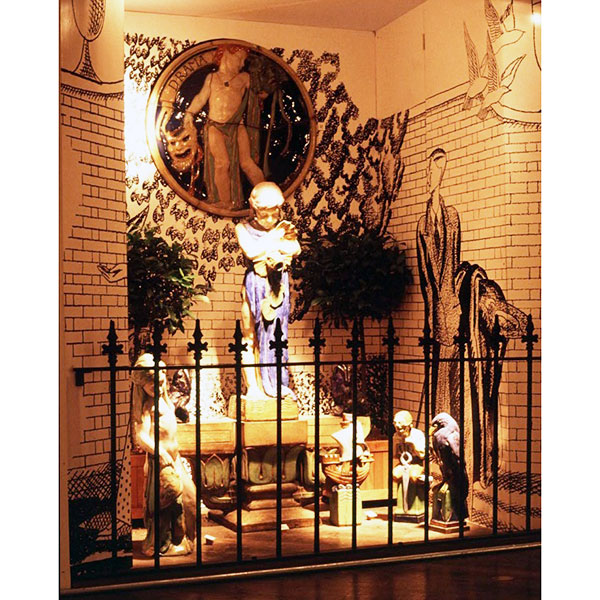
The Doulton Story V & A Bayes Exhibit
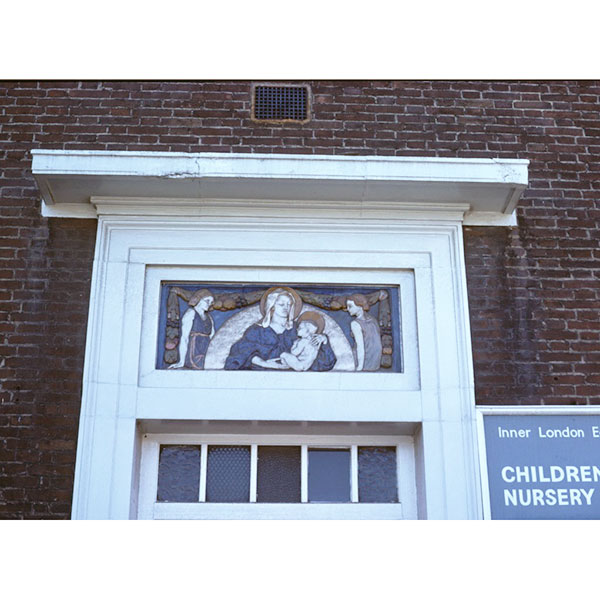
Children's House Nursery, Bow
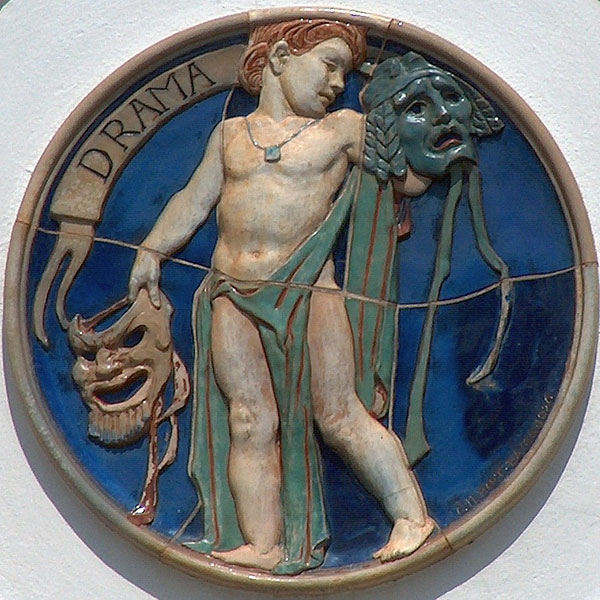
Royal Doulton Drama Roundel
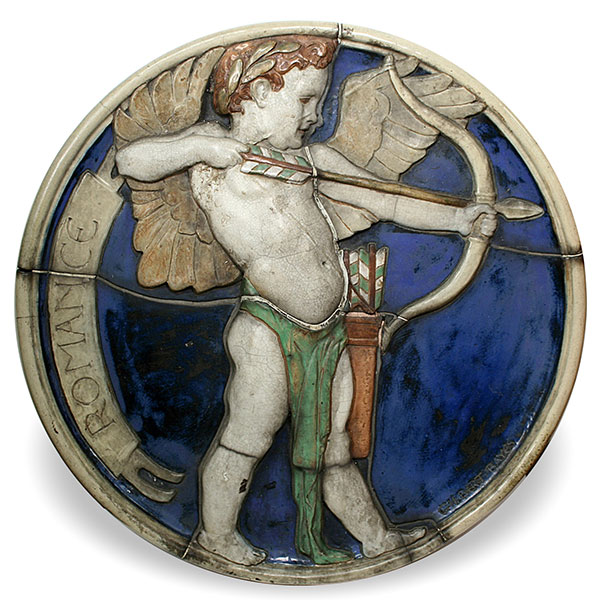
Royal Doulton Romance Roundel
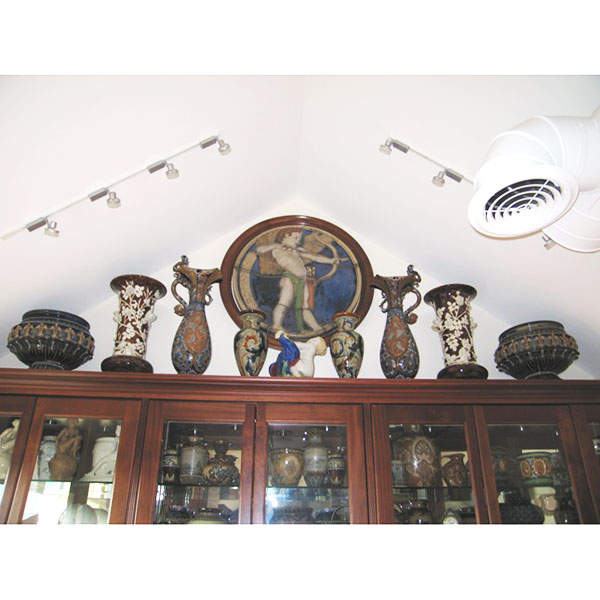
Arthur Wiener Private Collection
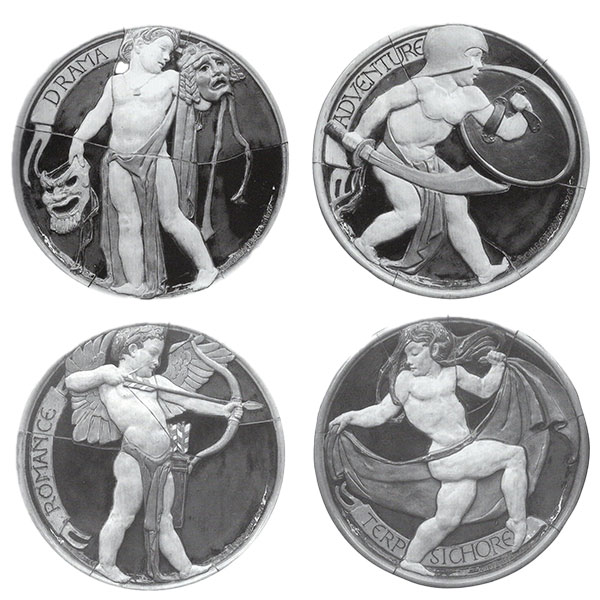
Royal Doulton Roundels White Rock Pavilion
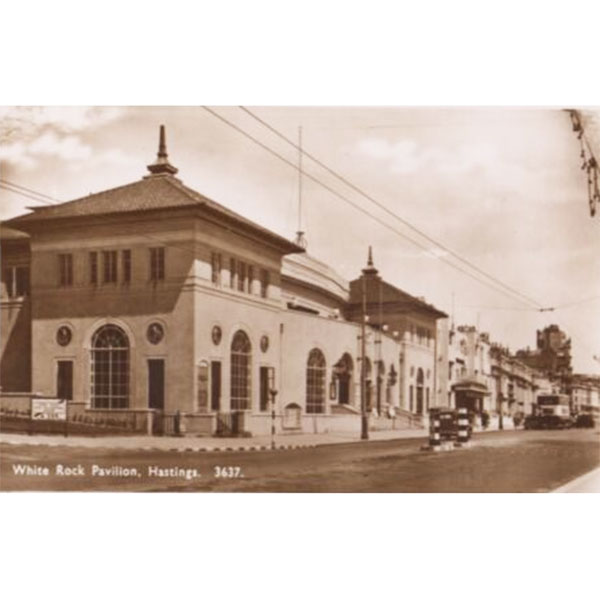
White Rock Pavilion Postcard
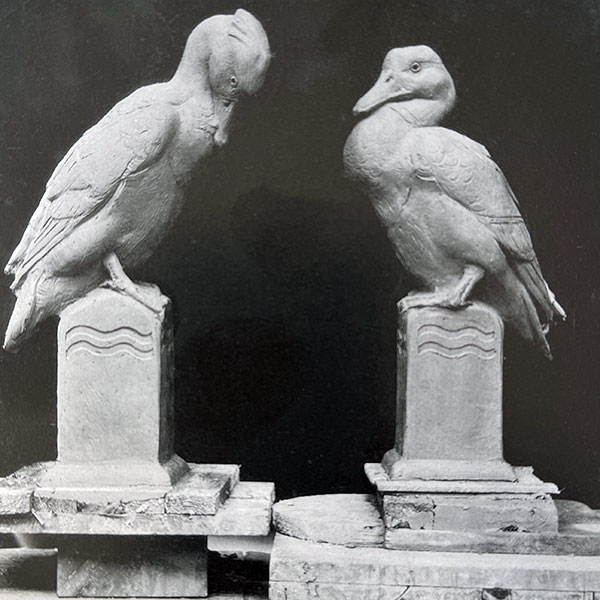
Gilbert Bayes Clay Models
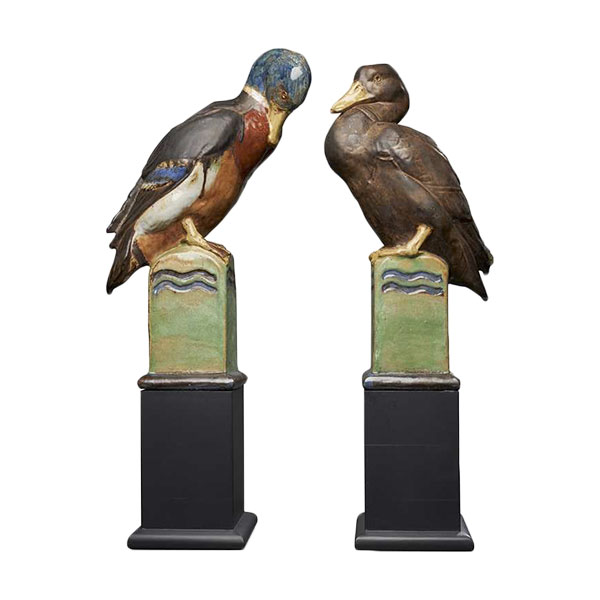
Royal Doulton Ducks Finials
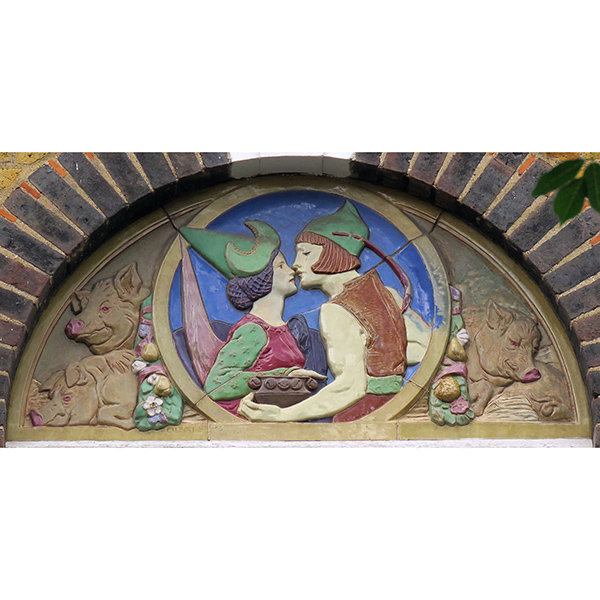
Royal Doulton Swineherd
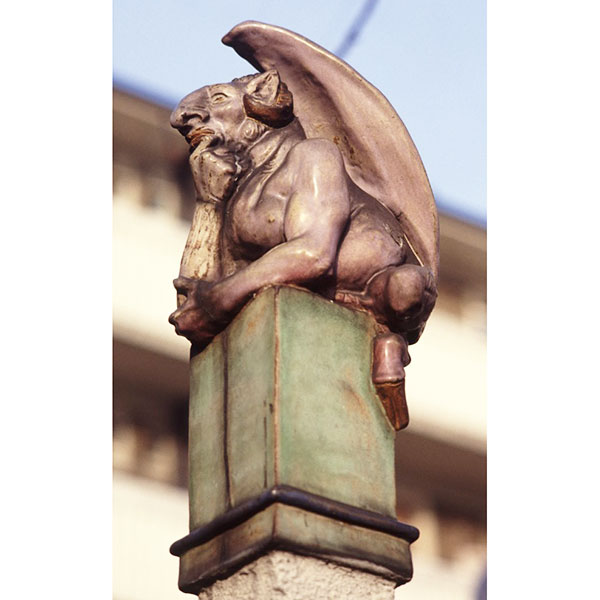
Royal Doulton Devil Finial

Royal Doulton Four Seasons Clock
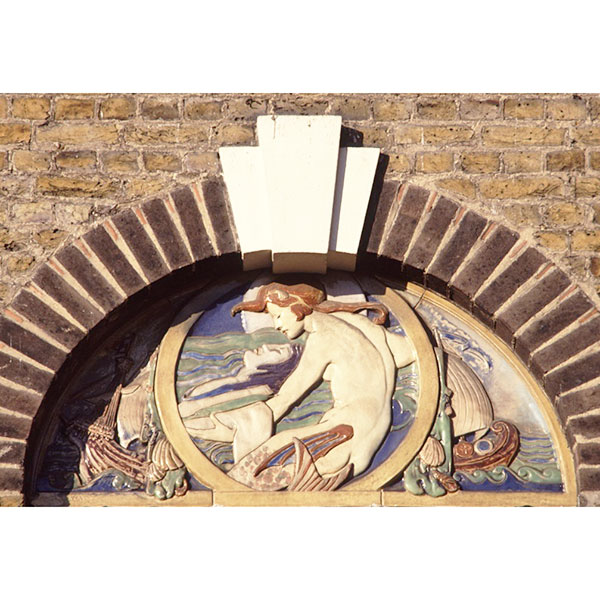
The Little Mermaid Gilbert Bayes
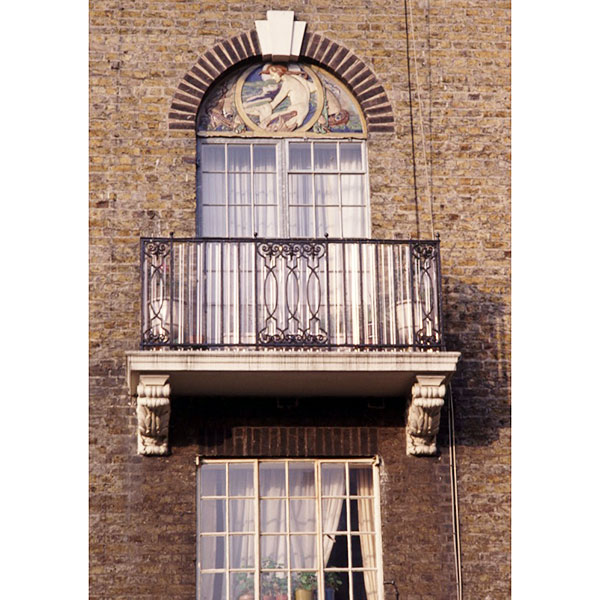
Royal Doulton Little Mermaid Sidney Street Estate
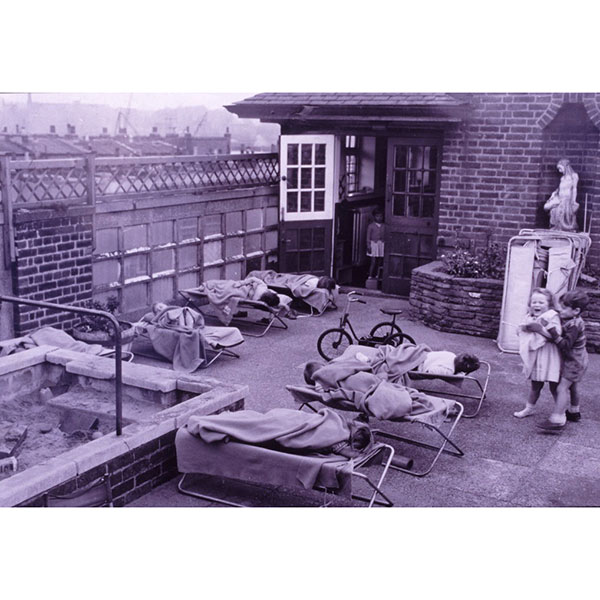
Royal Doulton Mermaid St. Christopher's Nursery
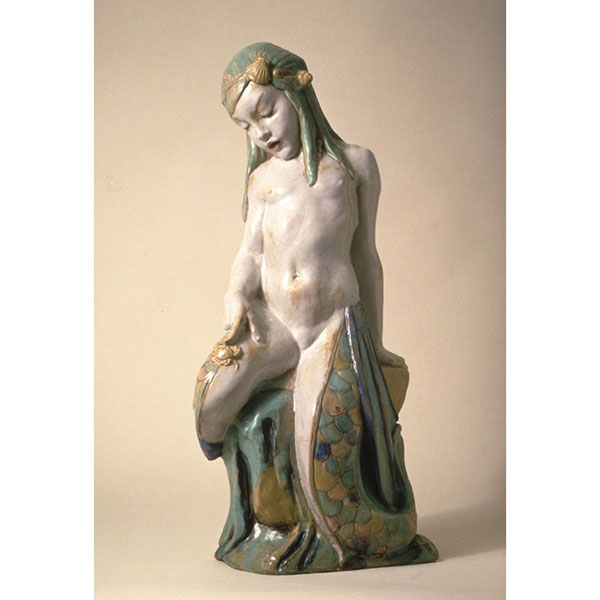
Royal Doulton Mermaid
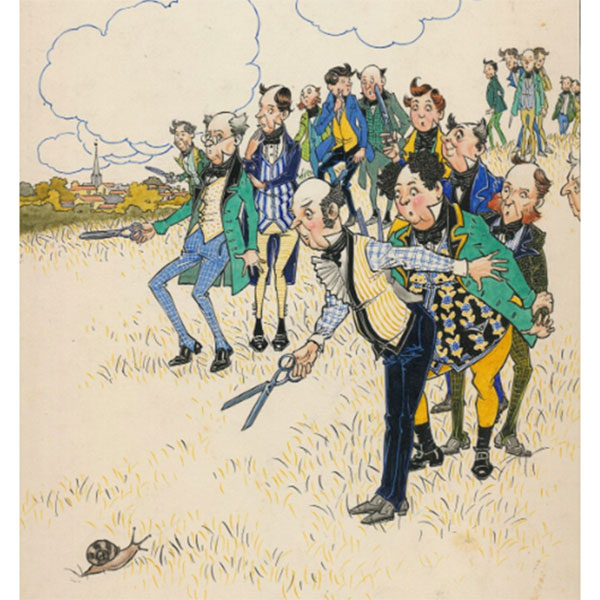
Four and Twenty Tailors C. Folkard
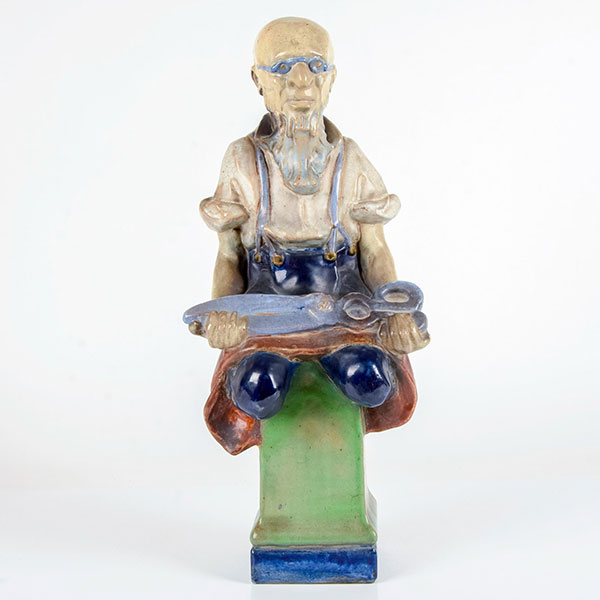
Royal Doulton Tailor Finial
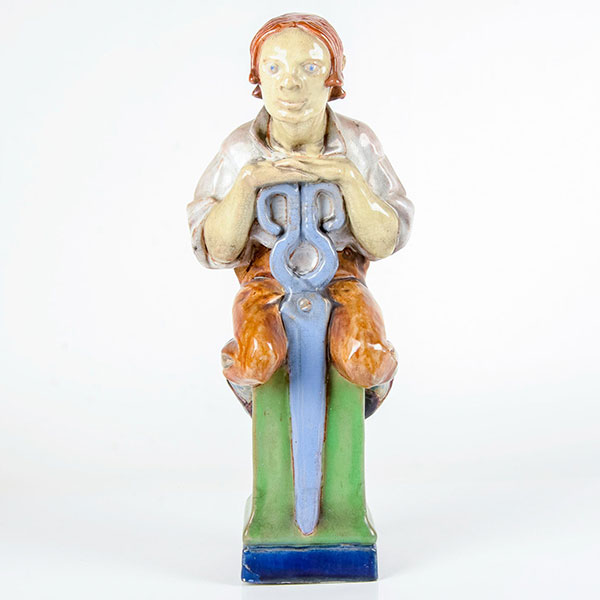
Royal Doulton Tailor Finial
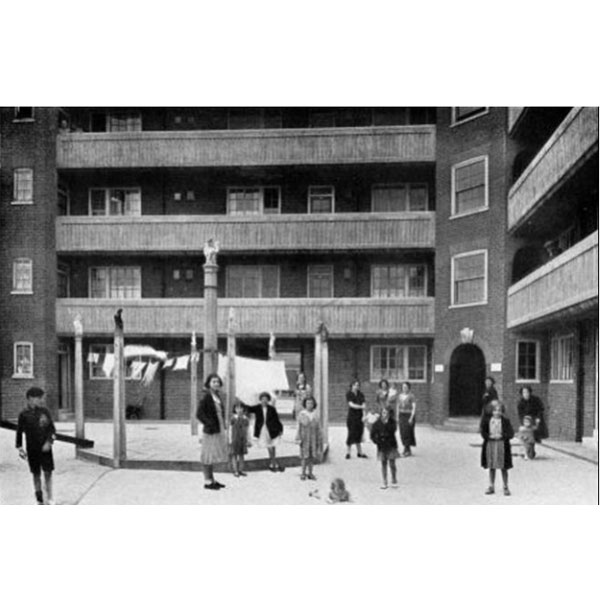
Stag and Dog Finials St. Hubert’s House
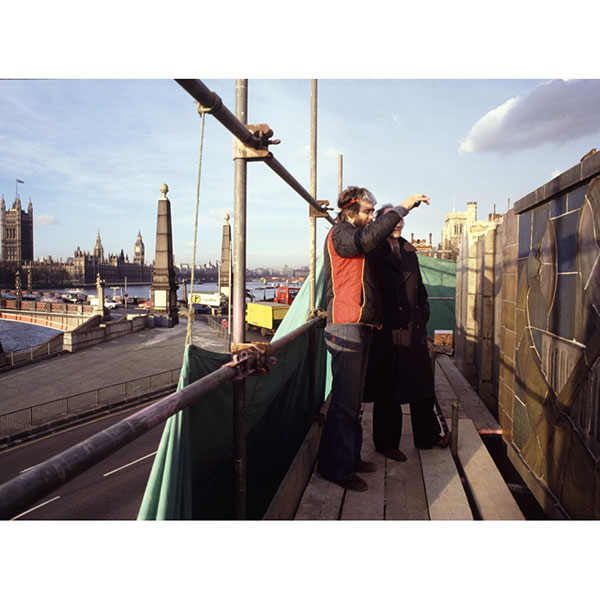
Demolition of Doulton House
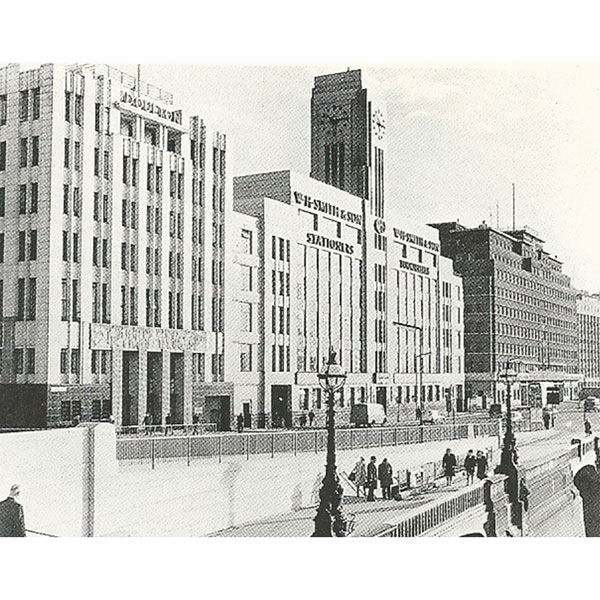
Doulton House Lambeth London

Doulton House T. P. Bennett
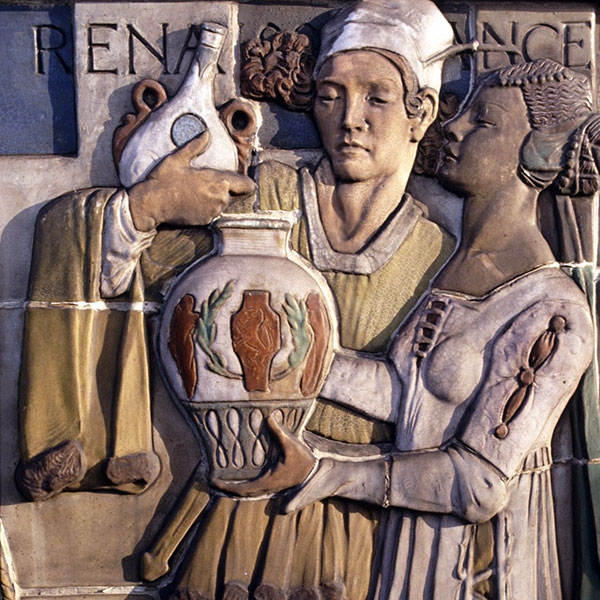
Pottery Through the Ages Detail
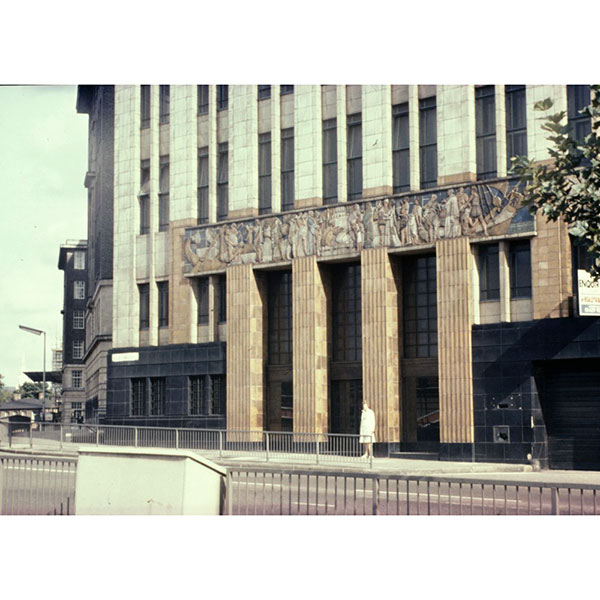
Pottery Through the Ages on Doulton House
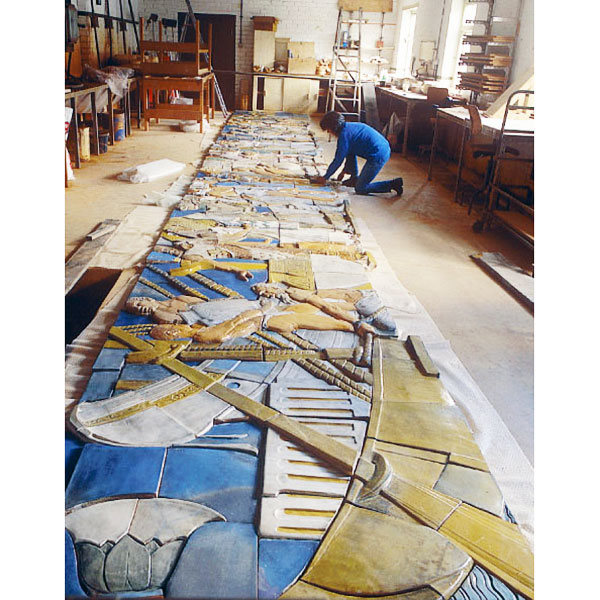
Restoring Pottery Through the Ages
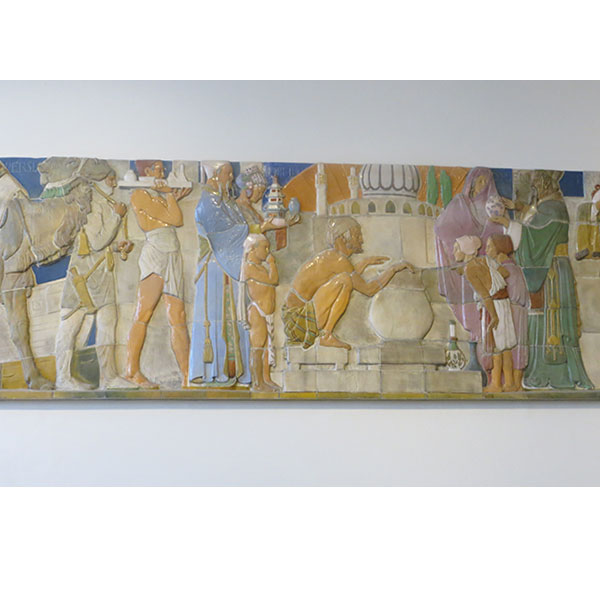
Pottery Through the Ages V & A
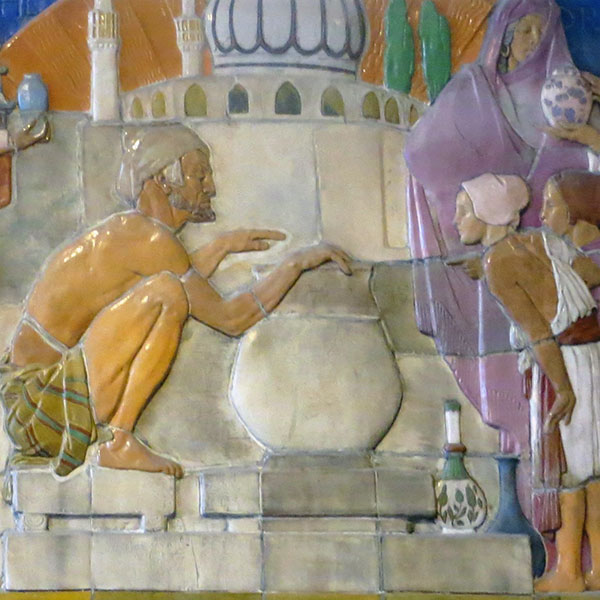
Pottery Through the Ages Detail
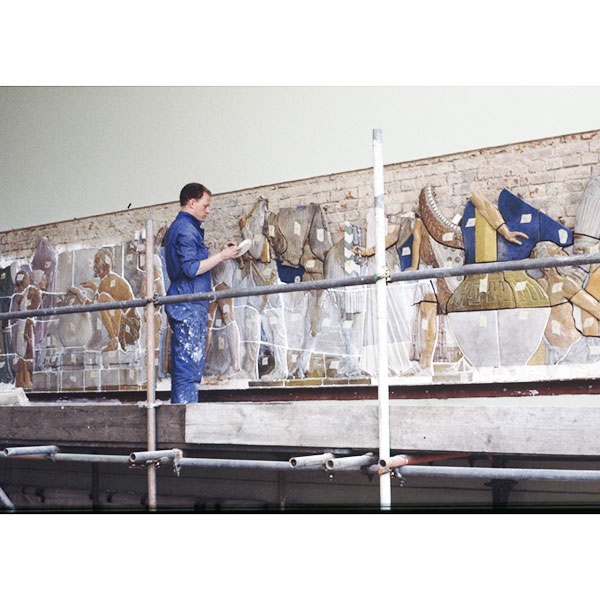
Installing Gilbert Bayes frieze at the V & A
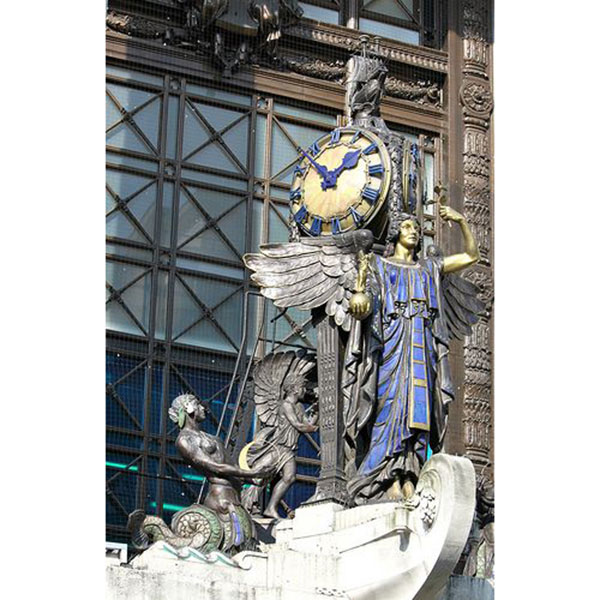
Selfridge's Queen of Time
